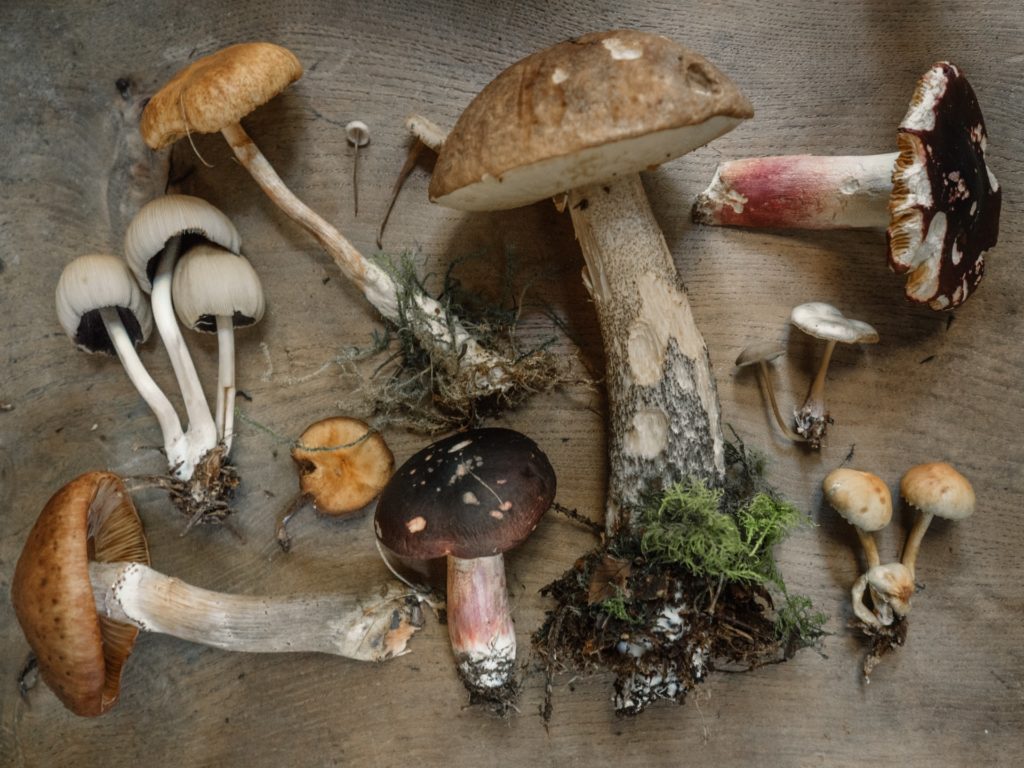
Mushrooms are a great staple for vegans and vegetarians, as they are a wonderful substitute for meat-based dishes. In my recent post, I discussed some vegan alternatives to our favourite holiday foods, which included the use of mushrooms to make vegan gravies. But, some have wondered if mushrooms really are vegan, given they aren’t plants and the substrates they are sometimes grown on. Although it seems logical to say “of course mushrooms are vegan!”, we have to take a deeper look. The one thing to first consider is why one is living a vegan lifestyle, is it to support the humane treatment of animals? Or is it to reduce their carbon footprint?. Therefore, in this post, I will address the question: “are mushrooms vegan?” from both a scientific and ethical standpoint.
Let’s consider the following points:
- The kingdom fungi: mushrooms are neither plants nor animals
- The environmental footprint of mushrooms
- Animal by-products used as substrates for mushroom growth
- Are mushrooms vegan? Yes
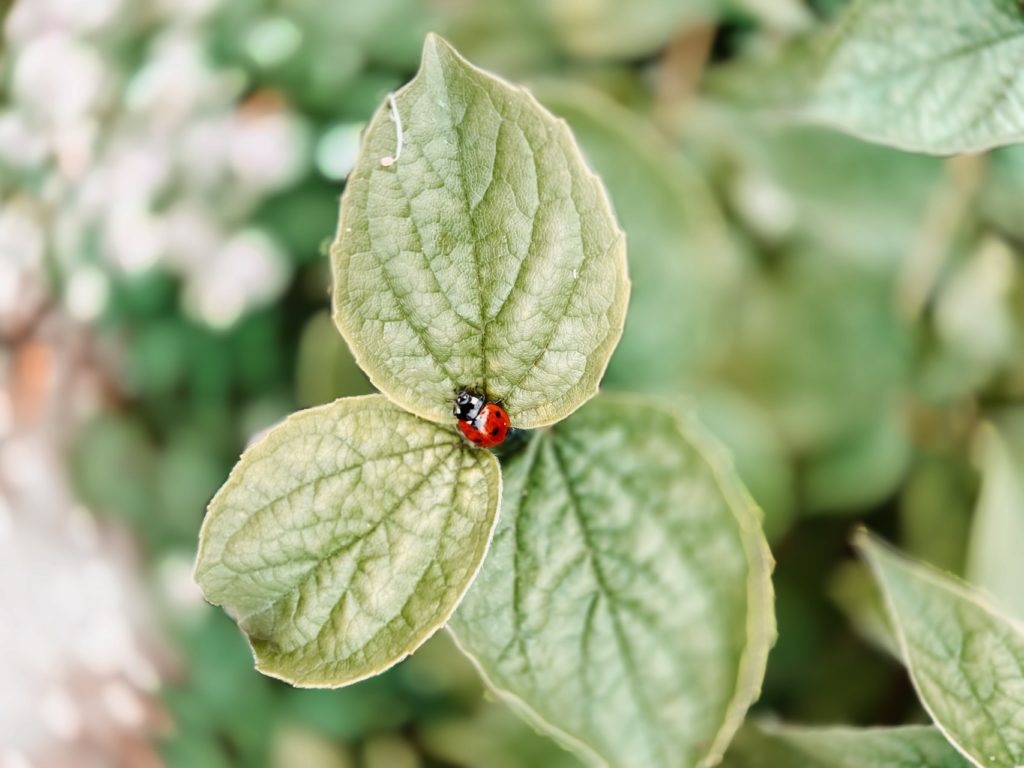
The kingdom fungi: mushrooms are neither plants nor animals
For anyone living a vegan lifestyle to support the animal’s rights movement, a humane lifestyle is a goal. This means that there is zero tolerance for the exploitation of animals for their use in food production or commodities like leather, eyelashes, or any other absurd and unnecessary product. So, if one strives to avoid the consumption of animals, then there must be a clear distinction between what is an animal or an animal by-product and what isn’t.
Are mushrooms plants?
Mushrooms are an interesting organism. Unlike plants or animals, they belong to the kingdom fungi. There are over 1.5 million species of fungi that exist within this kingdom. They are everywhere, from the mushrooms we purchase at the store, and those growing in the forest, to the yeast growing on your body, or that used to make wine, beer, and bread. But what exactly are they and how do they differ from plants? First, and foremost, plants can make their own food. Plants use sunlight, CO2, and water in a process called photosynthesis to make oxygen and glucose. fungi cannot perform photosynthesis, like animals they must get their food elsewhere. The second biggest difference between fungi and plants is that fungi have cell walls made of chitin and not cellulose. Similarly, chitin is also found in the exoskeleton of insects, and other invertebrates.
Are mushrooms animals?
So it seems that fungi are not plants, so they must be animals? Not so fast. Let’s look at why fungi are not animals. Although Fungi have cell walls made of chitin and not cellulose, they still have cell walls, and animals do not. Fungi also do not ingest their food as animals do, they secrete enzymes that break down organic matter, the Fungi then absorb the nutrients. Of most importance, they do not have a nervous system. All animals (except sponges) have a nervous system, that varies in complexity. The nervous system is what gives animals the ability to coordinate their behaviour and transmit signals to various parts and organs in the body. The nervous system includes the central and peripheral nervous systems. The central nervous system encapsulates the brain and the spinal cord and is what makes an organism conscious.
So Ethically, are mushrooms vegan?
Based on Taxonomy, fungi are neither plants nor animals, but rather multicellular organisms that are not conscious and thus not sentient. So if you are a vegan because you are against the killing and consumption of animal flesh, then in my opinion, consuming mushrooms is vegan.
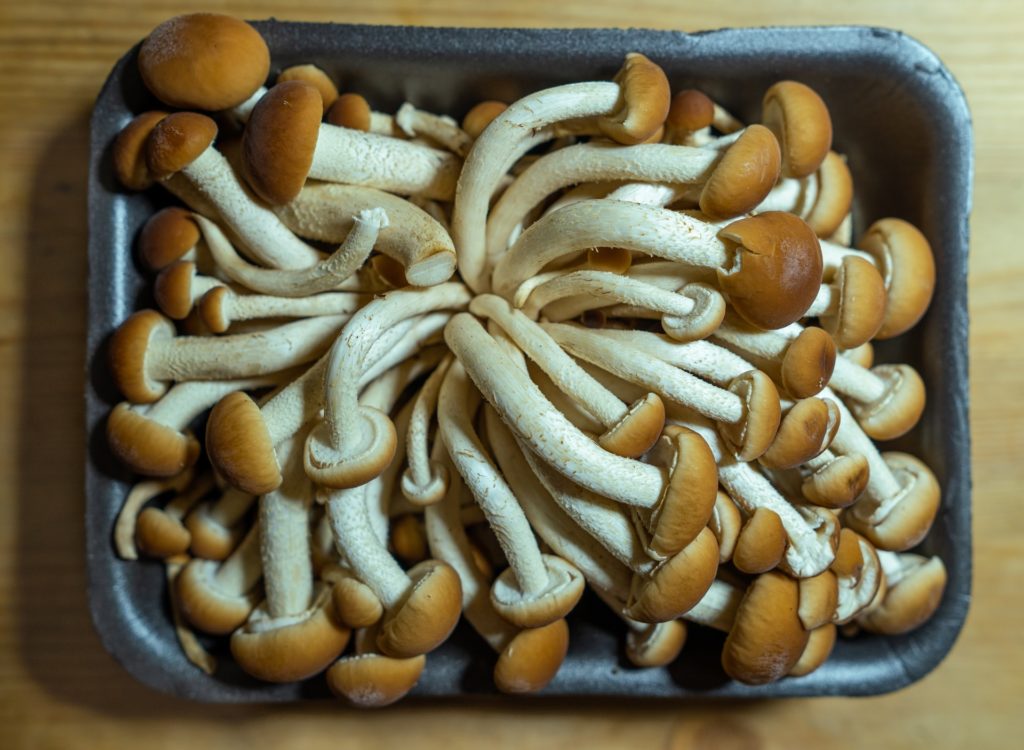
The environmental footprint of mushrooms
If you talk to other types of vegans, you might find that they have chosen a vegan lifestyle, not for the sake of animal welfare, but for the sake of the planet. As I discussed in my previous post, meat products have an incredibly high food carbon footprint compared to plants. It may be the case that some vegans are striving to reduce their carbon footprint. So, to answer the question “are mushrooms vegan?” (for these types of vegans), we need to figure out what the carbon footprint of producing mushrooms is, and what sort of problems arise in harvesting mushrooms for food consumption. Another factor we must consider for both environmental and animal reasons is the inputs that are used to grow mushrooms. Do mushrooms require animal by-products for growth? And importantly do animal farmers profit from this?
Energy useage in growing mushrooms
Since mushrooms are not plants, they do not require sunlight to grow, except for a small amount of dim light to form fruiting bodies, the part of the mushroom we consume. This makes the growing of mushrooms simple to do indoors and with less energy. In fact, to grow 1 pound of mushrooms requires only 0.9 kWh of energy. Mushrooms of course do not have to be grown indoors but do better growing in cool, damp, and dark conditions.
Water useage In Growing Musrooms
How much water is required? Only 15 litres of water is used per 1 kg mushrooms produced (white + brown). What do these numbers mean? 15 litres seems like a lot! Well, we know that less water is used in growing plants for human consumption than for animals, so let’s compare mushrooms to plants. According to the “Water footprint of food“, 1 kg of lettuce uses 130 L of water, apples- 700L, tomatoes-180 L, and cucumbers- 240 L. I think you get the point, mushrooms require the least water to produce.
Carbon footprint of Mushrooms
I suppose the first question to ask is “do mushrooms respire?” that is, do they emit CO2 like other animals? Yes, they do. But, fungi also serve a pivotal role in sequestering carbon as well. Recent research has found that fungi, contrary to popular belief, are predominantly responsible for sequestering carbon rather than plant matter. Some might say that the harvest of mushrooms would release the carbon back to the environment. But, really it is the fruiting body of the fungi that we consume, while the complex mycelium or living fungi remains below the soil. What about the CO2 footprint from the entire ‘farm to plate’ process? Work by Sureharvest found that per 1 kg of mushrooms, 0.66 kg of Co2 equivalents were produced. Compared to other plant foods like fruit (1.1 kg CO2e) and vegetables (2.0 kg CO2e), mushrooms actually have a lower footprint.
From an environmental standpoint, are mushrooms vegan?
If you are vegan because you want to protect the environment as much as possible, then by these findings I would say the production of mushrooms for food consumption is indeed vegan. Growing mushrooms appear to be no more harmful than growing plants for food consumption. Likewise, mushrooms are certainly a more environmentally friendly alternative to the costly footprint produced from animal agriculture.
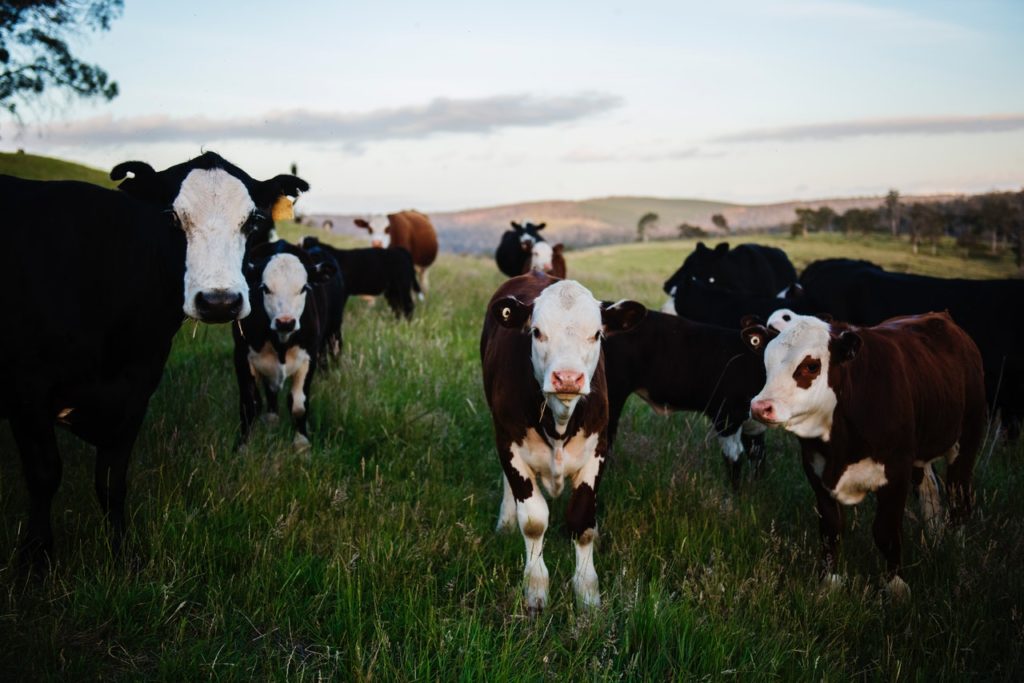
Are animal by-products used as substrates for mushroom growth?
This is really the question that causes much debate. As discussed earlier, mushrooms release enzymes to break down organic matter. As most of us have noticed during our encounters in forests and nature, mushrooms and fungi are found growing on old trees, living trees or decomposing plant matter. But when certain species of fungi are grown in farms, many farmers use manure as a rich source of nitrogen. This can pose a problem for vegans that do not want to support animal agriculture or the exploitation of animals.
One thing to keep in mind is that no matter where you grow plants, the soil will always have some form of decomposing animal material in it. Insects, birds, mice, and animal excrement that is left behind naturally, will be a part of our soils. It’s all part of the circle of life. But, what vegans (for animal rights) are concerned about is if any animals had to suffer or were exploited in some way for mushrooms, or any product, to have been farmed. It leads to the question: does animal agriculture profit in some way? Do mushroom farmers pay for animal by-products? This is a tricky question that involves some product research. I suggest looking into the farms that are growing the mushrooms you buy and asking them these questions.
Mushrooms that are grown on plant materials
Thankfully, there is a way around this question. Not all edible mushrooms ( white button, brown cremini, and portabellos) need to be grown in animal manure. Oyster mushrooms and shitake mushrooms can grow exceptionally well on plant materials like wood, straw and even coffee grounds. Yes, that is right, coffee grounds. Coffee itself is pretty costly in terms of a carbon footprint, but if you could use this spent material for the growth of mushrooms, that would be a pretty good use. Other mushroom species that prefer plants to manure are king oyster, lions mane, golden and pink oyster, shitake, wine cap, beech, and enoki mushrooms. Most importantly, you can use these substrates yourself and grow your very own mushrooms! If you think that growing mushrooms on manure might support animal agriculture, refrain from white button, cremini and portabellos, and stick to the other mushrooms.
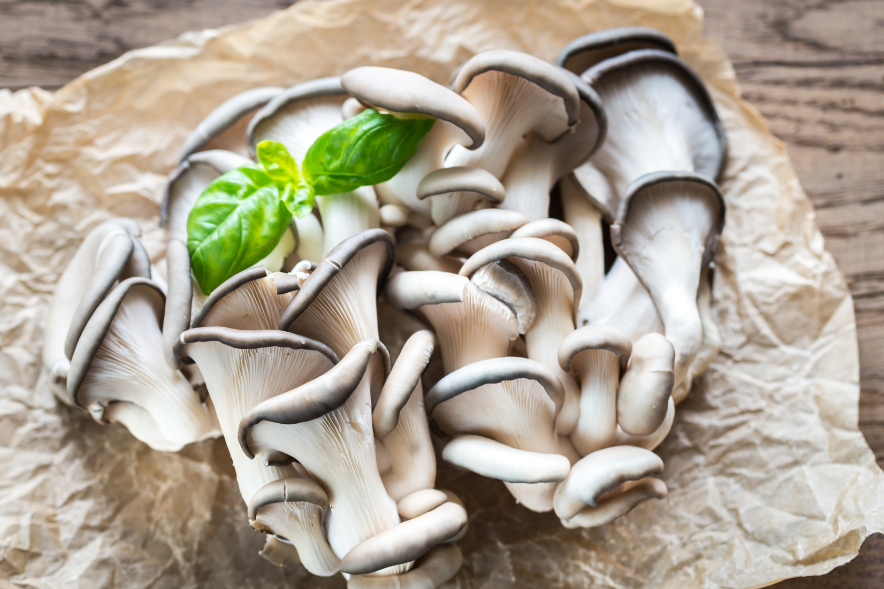
Are mushrooms vegan? Yes
According to taxonomy, it is clear that mushrooms although living, are not animals, nor are they conscious or sentient. In regards to whether the production of mushrooms for food is harmful to the environment, mushrooms utilize less energy and water than fruits and vegetables. Mushrooms also produce less CO2 equivalents than fruits and vegetables, making them a good choice for those looking to reduce their carbon footprint. Some species of mushrooms are grown in animal manure, and the question remains as to whether animal agriculture profits from such a transaction. Fortunately, species like oyster, shitake, and enoki mushrooms prefer plant substrates over manure for growth. Luckily, mushrooms are super easy to grow yourself. Growing your own mushrooms reduces your carbon footprint further, and you can be absolutely sure where your food came from.
Check out more posts on my Sustainable lifestyle blog